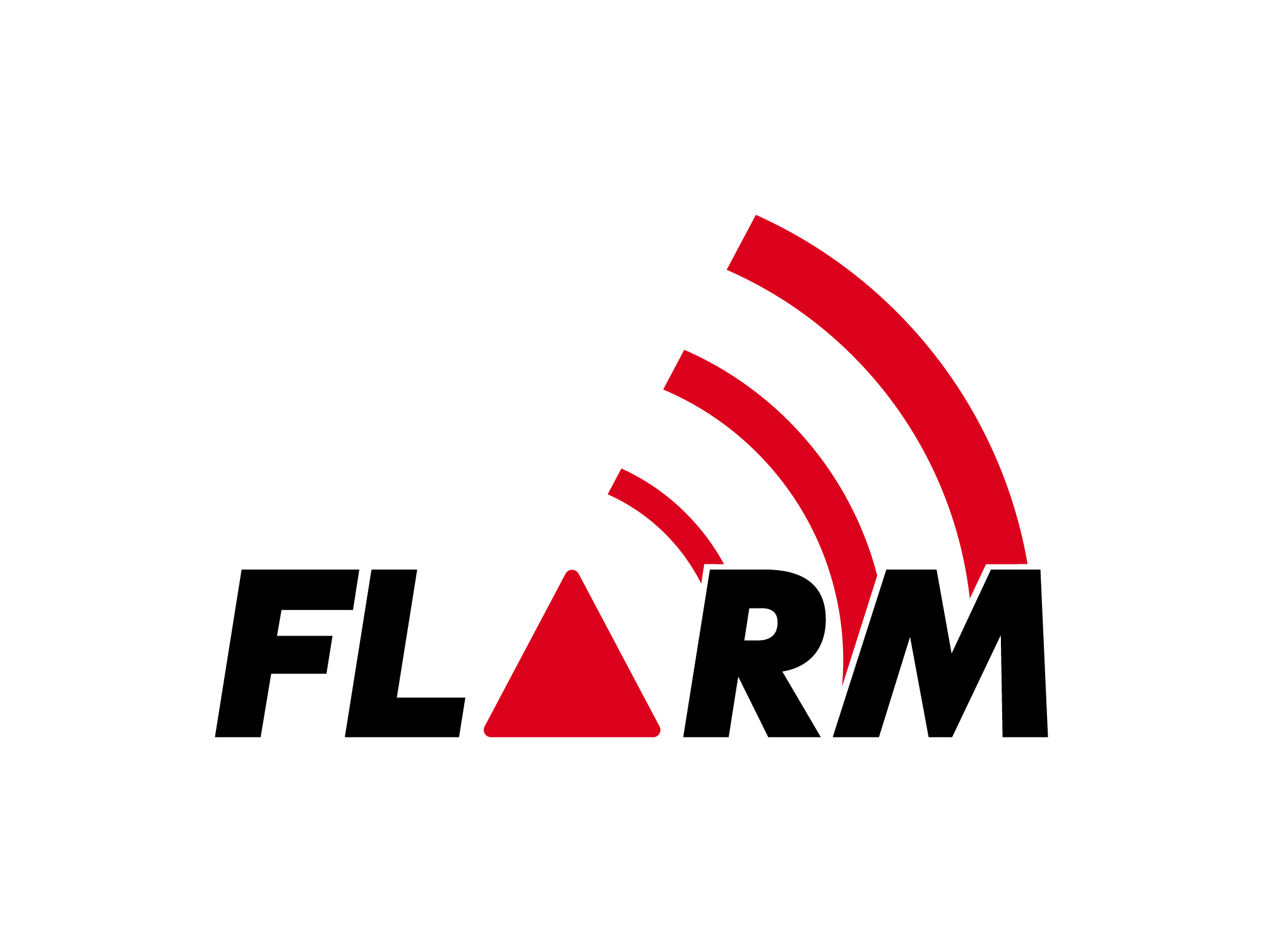Safety Considerations
 Traffic and Collision Avoidance Products
Traffic and Collision Avoidance Products
FLARM Home | Safety Considerations | FLARM Logger IGC Approval | PowerFLARM Comparison | Group Discounts
Safety Equipment Requires Care and Maintenance
- Install and configure according to product-specific instructions. Configure your assigned aircraft address, type, and privacy needs.
- Verify the effectiveness of the installation and configuration after flight using the online range analyzer, then improve if required. Repeat this annually.
- Update at least every 365 days to avoid firmware and/or obstacle database expiration.
- FLARM requires good GPS reception to operate. Install the GPS antenna with unobstructed view of the sky in all flight attitudes and at least 30 cm away from any other antenna.
- Radio range is key for early traffic warnings and depends on a good installation of radio antennas and cables. Radio signals require unobstructed line of sight; thus avoid conducting materials (metal, carbon) in any direction you want FLARM to be effective. Nearby antennas, conducting material, or cables may cause interference and/or reduce effectiveness. Keep your antennas at least 30 cm away from any other antenna, and without direct contact to your canopy. Do not use splitters for FLARM radio antennas.
- Do not shorten antenna cables, and do not bend them below specified minimal radius. Replace defective cables and antennas.
- Ensure that your FLARM display communicates correctly with the FLARM device.
- Use PowerFLARM for better range and radio diversity.
- Familiarize yourself prior to the flight with your device and the technology in detail, to operate in a safe and efficient manner and know the limitations.
There are no products to list in this category.
